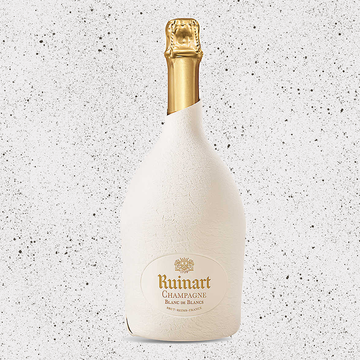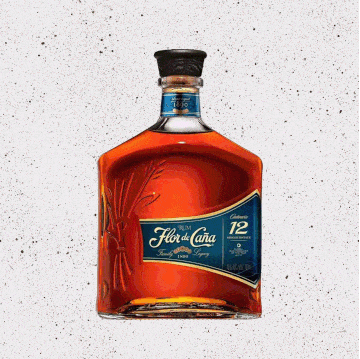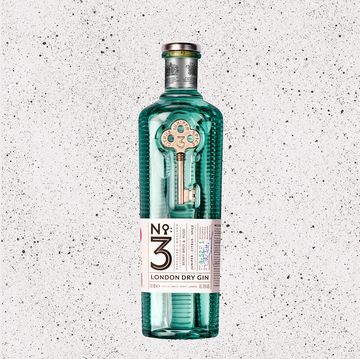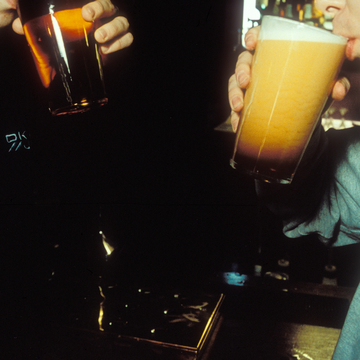Cooking fish, while not necessarily hard, can be intimidating. It doesn't follow the standard rules of preparing a chicken breast or frying a steak, for example. It's more delicate and easier to ruin than meat. And it definitely won't turn out how you want if you don't start off on the right foot: with flavourful, fresh fish. "You can be the best chef in the world, but if you don't buy a nice piece of fish, it's not going to taste good," says Chef Mark LoRusso of Costa di Mare. To spare us the culinary embarrassment, he offered some tips for bringing home a deliciously crisp, fully fleshed filet of fish from the market. It's the next best thing to befriending a fishmonger.
Read the fine print.
If you're buying fish from the supermarket, don't fall for anything that has been frozen. "It'll say 'fresh halibut,' then in the fine print it'll say 'previously frozen,'" says LoRusso of misleading packaging. "When you freeze a piece of fish it takes out water, so you're never going to get that colour, that crispiness, and you're going to lose a lot of flavor." Check your labels closely.
Know what to look for.
There are distinct signs on the fish indicating it is fresh and full of flavor. Here's what to look for (and smell for) on the fish, according to LoRusso:
Bright eyes: "The eyes should be bright. You should see big eyes, clear eyes."
Red gills: "If you just put your thumb by the gills, the gills should be nice and red."
Slime: "The fish should have a little slime to it—the good slime. Not like, ugh, slimy, but fresh from the water."
Firm feel: "The fish should be firm, not mushy at all. Even with tuna, you want a firm fish."
Ocean smell: "The fish should smell like the water, like the ocean. Take a good whiff. One thing you never ever want to get is any hint of ammonia. That's a sign the fish is bad."
Make sure your crustaceans are alive.
If you're buying lobster and crab instead of fish, make sure they're making it into your basket alive. "Once the lobster dies, the body starts to break down, and it'll become mushy," LoRusso warns. If it's dead, that also means it has been frozen, and frozen is bad.
And your mollusks are closed.
Mussels, clams, and oysters should always have closed shells when you buy them. "That means they're still alive. Once they die they open up," says LoRusso. Some might be cracked open the tiniest bit, but if you squeeze them, they'll close back up. It's when they stubbornly stay open that you know they're not fresh—toss those ones out.
Finally, store it properly.
A filet of fish isn't like a slab of dry-aged steak; it doesn't taste better with time. "A fish is like a brand new car. As soon as you leave the parking lot, it's not getting any better," says LoRusso. That means put the fish in the refrigerator—not the freezer—and cook it before 48 hours have passed. (LoRusso says four days is the max time to let a fish sit.)














